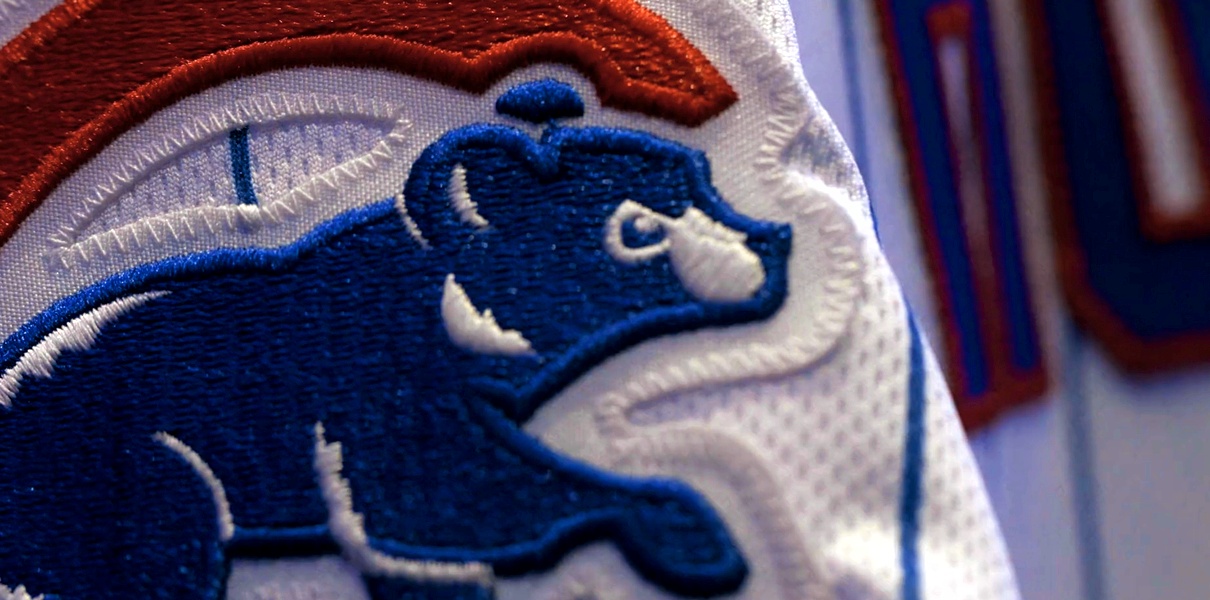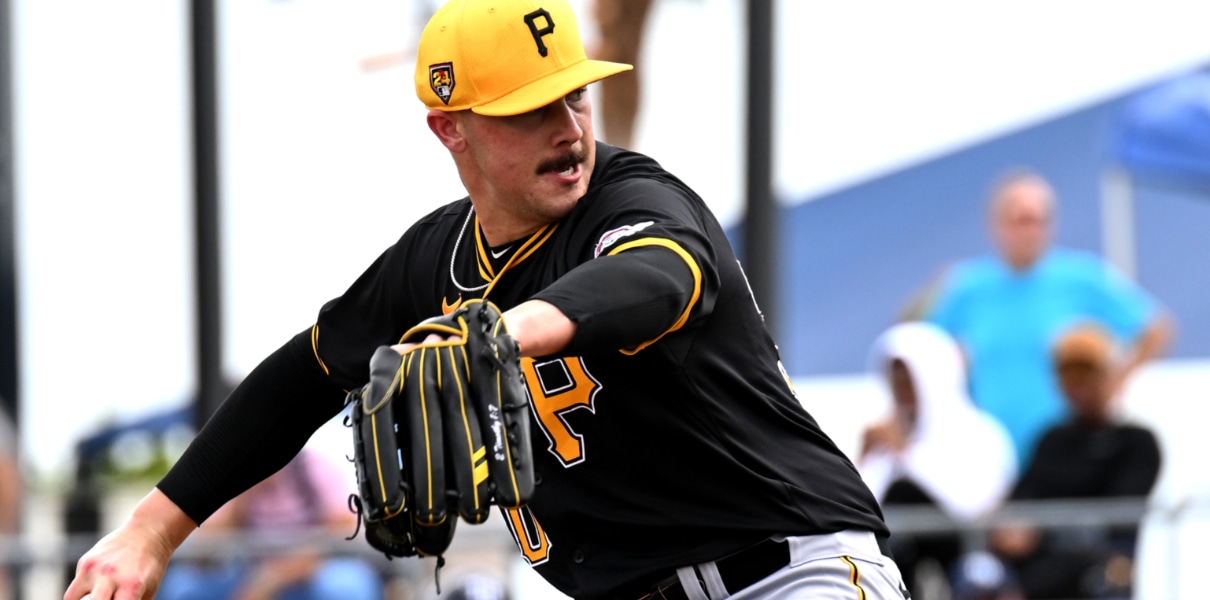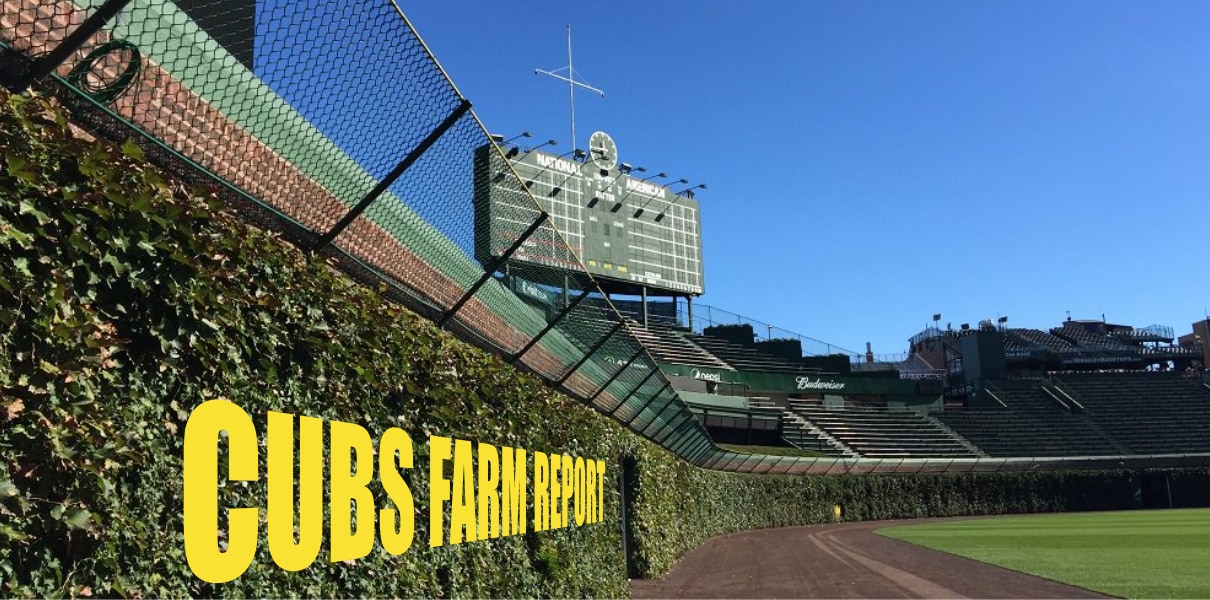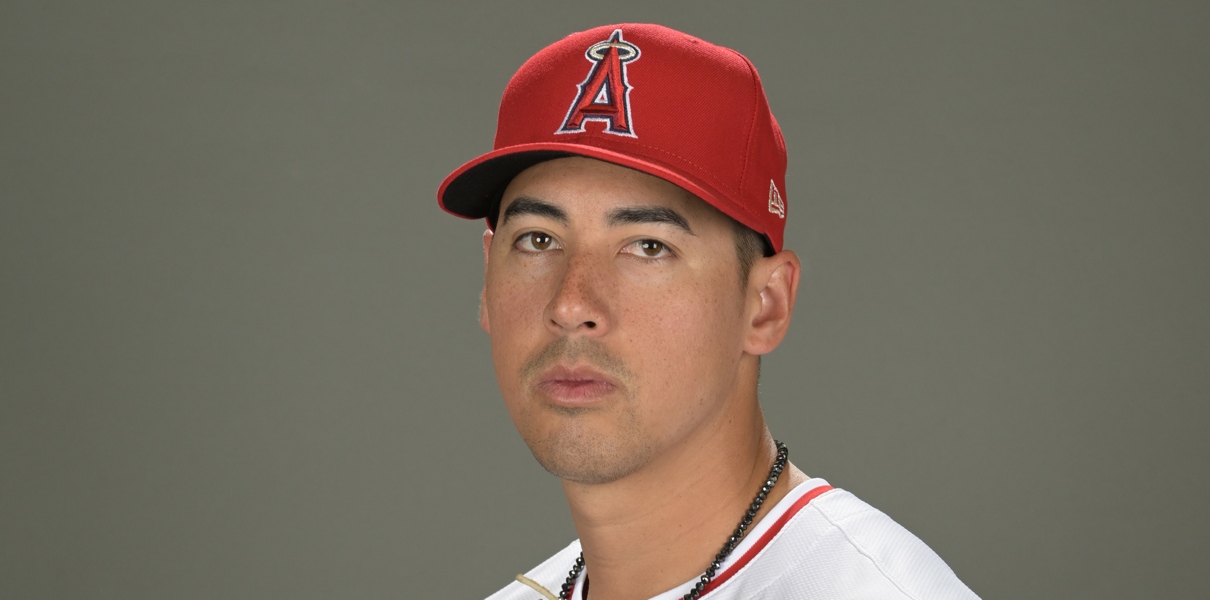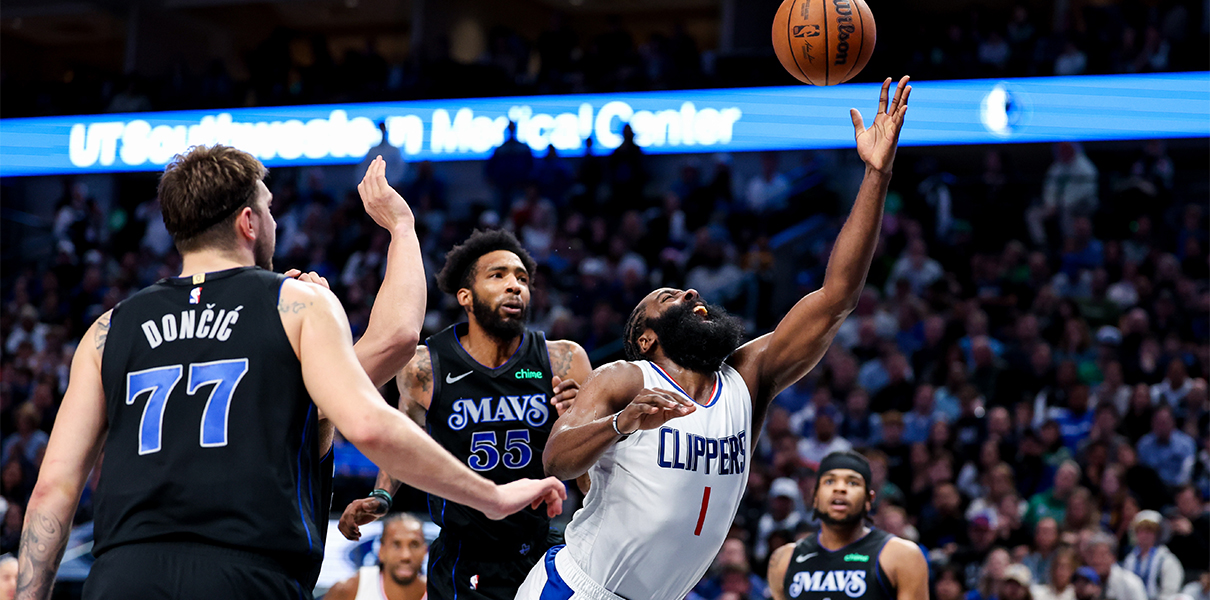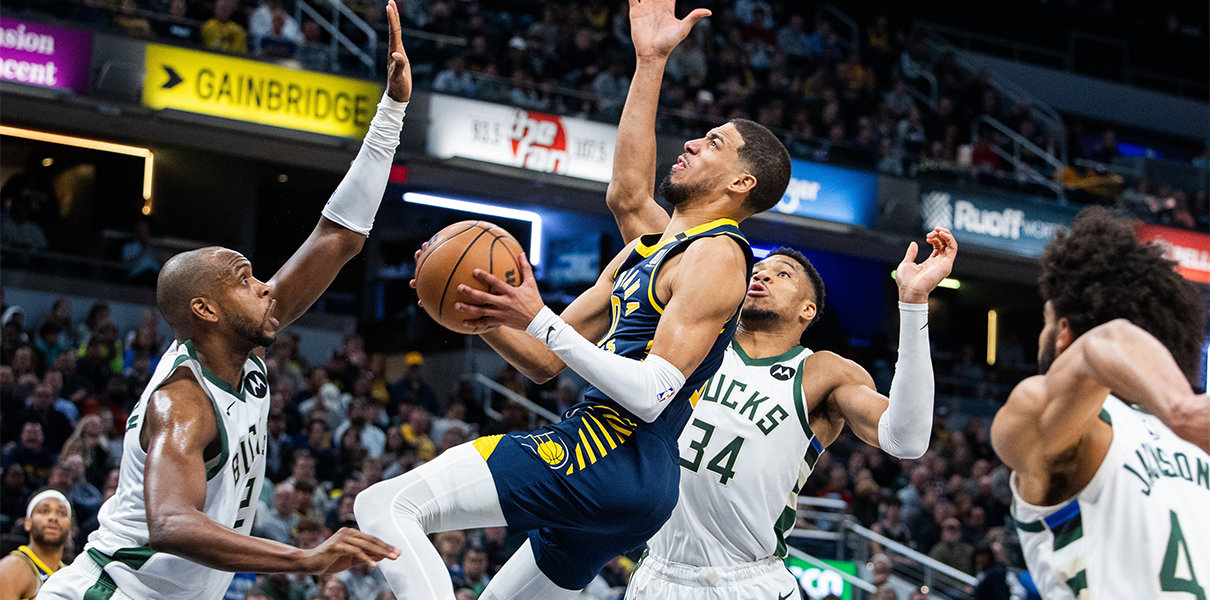Among the many rules and performance changes throughout baseball over the past several years, I’d argue that one of the smoothest has been the move to allow catchers to use PitchCom devices. Those devices, usually worn on a catcher’s wrist or knee, communicate pitch calls and locations to the pitcher through a hearing piece in his hat. Most of the time, it’s seamless, and the only thing you would even notice is that the pitcher and catcher DON’T have to go through a litany of complicated signs with a runner on second base. It improves the clarity of communication, it reduces mound visits, and it eliminates a whole lot of unnecessary dead time.
And things might go even a step further this year, with an experiment in Spring Training (which, by the way, is how PitchCom usage started in the first place).
Per the Associated Press, MLB will this Spring Training allow pitchers to also make calls to the catcher, if necessary. Basically, the pitcher can choose to also wear a wrist piece that would allow him to send calls to the catcher if he knows what he wants to do, instead of having to shake off a lot and wait for the catcher to get the right call. If it goes well in Spring Training, the league may approve it for the regular season.
Instant reaction? This is fine. There are some pitchers with diverse repertoires that are experienced enough, and particular enough, that they know what they want to throw in a given situation on a given day. Why not make that process a little more efficient? The tech works, so let it work in both directions.
That said, I think usage of PitchCom will be less ubiquitous in this direction. A huge part of the catcher’s job is to be the one making calls, as he works to the scouting report and adjusts on the fly based on what he’s seeing from the pitchers’ stuff that day and the batters’ reactions. Some pitchers want more autonomy, but some pitchers just want to focus on executing the pitch they are told to execute in that moment.
Overall, my guess is this becomes largely like PitchCom in the (now) traditional direction: we barely notice it. Some pitchers will want the device just for that once or twice a game that they have a very specific pitch and location in mind. But I suspect we will rarely see something like a pitcher out there calling his own game. It’ll happen for some guys, sure – they and the catcher are probably mostly on the same page in any case – but I would bet against it becoming the norm.
It’ll be funny the first time a catcher shakes off a pitcher, though. “No. Not that one. I’m telling you, dude, do not throw that pitch. No. I refuse to catch it … “




